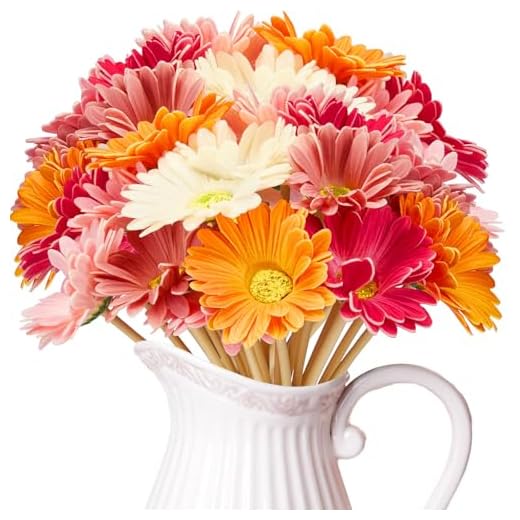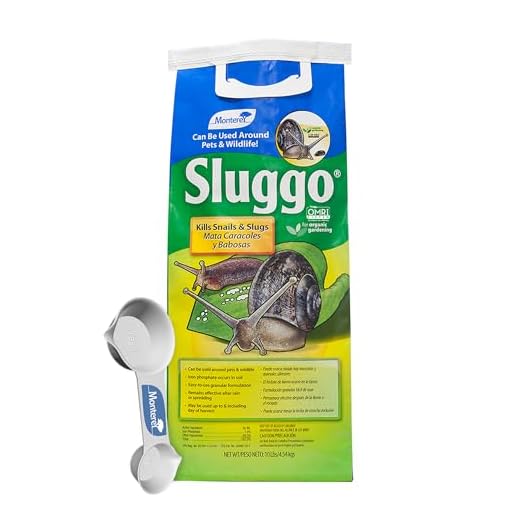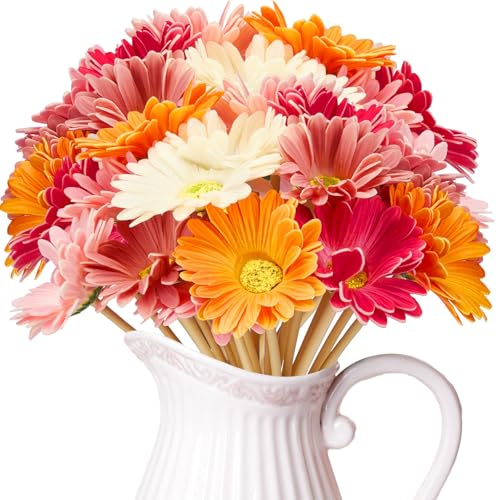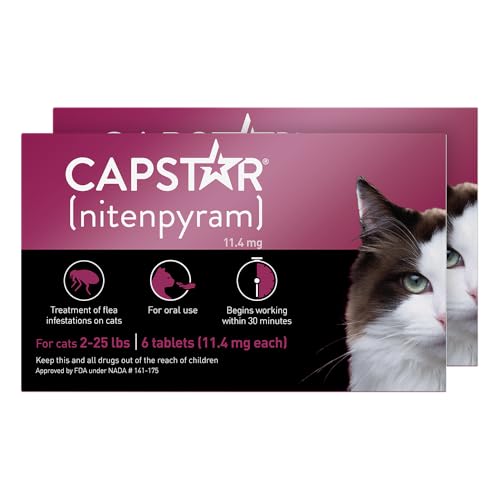



Bright blooms can enhance any space, but it’s essential to ensure they’re safe for our furry companions. Many plant species pose risks, and understanding which ones to avoid can protect your pet’s well-being. The colorful flower in question is not harmful to felines, making it a safe choice for households with curious kitties.
While these blossoms are appealing and commonly found in gardens and homes, it’s crucial to monitor your pet’s interaction with any plant life. Although they are non-toxic, ingestion of any plant material can lead to mild gastrointestinal upset in some animals. Keeping an eye on your companion’s behavior can help identify any issues early on.
If you’re considering bringing these beautiful blooms into your home, feel confident in your choice. Just remember to keep an eye on your playful pal around any new additions to your living space. Ensuring a safe environment is key to a happy and healthy life together.
Safety of Gerbera Daisies for Feline Friends
These colorful blooms are not harmful to me. No need for worry if you spot them around the house. Unlike some plants, they don’t cause any adverse reactions in my kind.
However, it’s wise to keep an eye on curious kitties. While these flowers are safe, ingesting any plant material can lead to mild digestive upset. Here are a few tips to consider:
- Observe your pet’s behavior around new plants.
- Provide alternative play items to satisfy their curiosity.
- If any signs of discomfort occur, consult a veterinarian.
Overall, having these cheerful flowers at home can brighten up the space without posing a risk to me or my fellow furry pals. Just keep the environment playful and safe!
Understanding Gerbera Plants and Their Varieties
These colorful blooms come in many shades, including red, pink, orange, and yellow. Each variety has its unique appeal, making them popular choices for gardens and floral arrangements. One popular type is the Gerbera Jamesonii, known for its large, daisy-like flowers and sturdy stems. Another favorite is the Gerbera Garvinea, which is a more compact and hardy option, perfect for container gardening.
Growth and Care Tips
For optimal growth, these flowers thrive in well-draining soil with ample sunlight. Regular watering is essential, but be cautious not to overwater, as this can lead to root rot. Fertilizing during the growing season can enhance bloom quality. It’s interesting to note that some varieties are more resilient to pests, which can be beneficial for maintaining a healthy garden. If you’re dealing with pesky insects, check out the best flea products for cats for effective solutions.
Seasonal Considerations
Caring for these plants can vary with the seasons. During colder months, it’s advisable to bring them indoors or provide protection from frost. In spring, they can be repotted to encourage new growth. Understanding these nuances ensures a flourishing display, bringing joy to your space and keeping it safe for your furry friends.
Common Symptoms of Gerbera Poisoning in Cats
If you suspect exposure to the flower, watch for these signs. Vomiting is often the first indication that something is off. Your feline might also experience diarrhea, which can lead to dehydration if not addressed quickly.
Behavioral Changes
Changes in behavior can be a telltale sign. A normally playful companion may become lethargic or disinterested in activities they usually enjoy. Increased vocalization or unusual hiding can also occur as they feel unwell.
Physical Symptoms
Monitor for additional physical symptoms such as drooling or excessive licking, which can indicate discomfort. If your furry friend is experiencing difficulty breathing, it’s crucial to seek immediate veterinary attention. Keep an eye out for any signs of abdominal pain, as this could suggest gastrointestinal distress.
What to Do If Your Cat Ingests Gerbera
If I munch on a flower, it’s crucial for my human to act quickly. First, they should check my mouth for any remaining plant pieces. Rinsing my mouth with water can help remove any traces that might still be stuck.
Next, it’s essential to monitor me closely. If I show signs of distress, such as vomiting or lethargy, my human should contact a veterinarian immediately. They can provide guidance based on the amount ingested and my overall health.
Gather Information
My human should be ready to share details about the incident with the vet. This includes how much I ate, when it happened, and any symptoms I’m showing. Having this information can help the vet determine the best course of action.
Treatment Options
The vet might suggest bringing me in for an examination. Depending on the situation, they may recommend inducing vomiting or administering activated charcoal to prevent further absorption of any harmful substances. Following their advice is vital to ensure my well-being.
Preventing Access to Gerberas for Your Cat
Keep all flowering plants out of reach. Place them on high shelves or hang them in baskets where your feline friend can’t leap. Consider using hanging planters, as they provide a decorative touch while ensuring safety.
Install pet-proof barriers in rooms where these plants are displayed. Baby gates or closed doors can create a safe zone, preventing unwanted exploration and nibbling.
Designate specific areas for your greenery. Use rooms that are off-limits to your furry companion. This creates a clear boundary, helping both you and your pet feel secure.
Use deterrents to discourage interest. Some commercial sprays are designed to make plants less appealing to curious pets. Alternatively, citrus peels can be placed around pots, as many felines dislike the scent.
| Method | Description |
|---|---|
| High Shelving | Store plants on elevated surfaces to prevent access. |
| Barriers | Use gates or closed doors to limit entry to certain areas. |
| Designated Spaces | Keep plants in pet-free zones for safety. |
| Deterrents | Apply sprays or natural repellents to discourage interest. |
Regularly assess your home for any new plants. If you bring in new flora, ensure it’s safe for your buddy. Awareness and proactive measures are key to keeping our companionship happy and healthy.
Alternatives for Cat-Friendly Gardens
Consider planting pet-safe options like marigolds, sunflowers, or snapdragons. These flowers not only brighten up your space but are also non-harmful to my feline friends. Herbs such as basil, mint, and rosemary can add greenery without worrying about safety. They can also provide delightful scents that appeal to both humans and pets.
Safe Foliage Choices
Foliage plants like spider plants and Boston ferns work well too. They create a lush environment and are safe for curious paws. It’s best to avoid common houseplants that pose risks, so always check their safety for pets before bringing them home.
Creating a Cat-Friendly Environment
Incorporating a variety of textures and heights can enhance the garden’s appeal. Raised beds can deter me from digging into harmful plants. For a clean garden area, consider using the best pressure washer for paving stones to keep surfaces tidy and free of debris, ensuring a pleasant space for us furry ones.
Consulting a Veterinarian About Plant Safety
Always reach out to a veterinarian if you suspect your furry friend may have ingested something harmful. They can provide tailored advice and necessary treatments based on specific situations.
Key Questions to Ask
- What symptoms should I monitor for after a potential ingestion?
- Are there specific tests or observations needed to assess my pet’s condition?
- What immediate actions should I take before visiting the clinic?
Resources for Information
- Pet poison control hotlines can offer quick guidance in emergencies.
- Websites from reputable veterinary organizations often list common plants and their effects.
- Your local veterinarian may have pamphlets or resources on plant safety available for pet owners.
Always prioritize your pet’s health. Consultation with a veterinarian ensures you have the best information and support available.
FAQ:
Are gerberas safe for cats?
Gerberas are generally considered non-toxic to cats. This means that if your cat happens to nibble on a gerbera plant, it is unlikely to cause any serious health issues. However, ingesting any plant material can still lead to mild gastrointestinal upset, such as vomiting or diarrhea, so it’s best to monitor your cat’s behavior around these flowers.
What should I do if my cat eats a gerbera?
If your cat has eaten a gerbera, observe for any signs of distress such as vomiting, diarrhea, or lethargy. Since gerberas are non-toxic, serious reactions are rare, but it is always wise to consult your veterinarian if you notice any unusual symptoms or if you have concerns about your cat’s health after eating the flower.
Can gerberas cause allergic reactions in cats?
While gerberas are not toxic to cats, some cats may have allergies to certain plants, including flowers. If your cat shows signs like sneezing, itching, or skin irritations after being near gerberas, it may indicate an allergic reaction. In such cases, it’s best to remove the plant from your home and consult a veterinarian for advice on managing allergies.
How can I keep my cat away from gerberas?
To keep your cat away from gerberas, consider placing the flowers in areas that are inaccessible to your pet, such as high shelves or closed rooms. You can also use deterrents like citrus scents, which many cats dislike. Additionally, providing alternative distractions, such as cat grass or safe toys, can help divert your cat’s attention away from the flowers.







